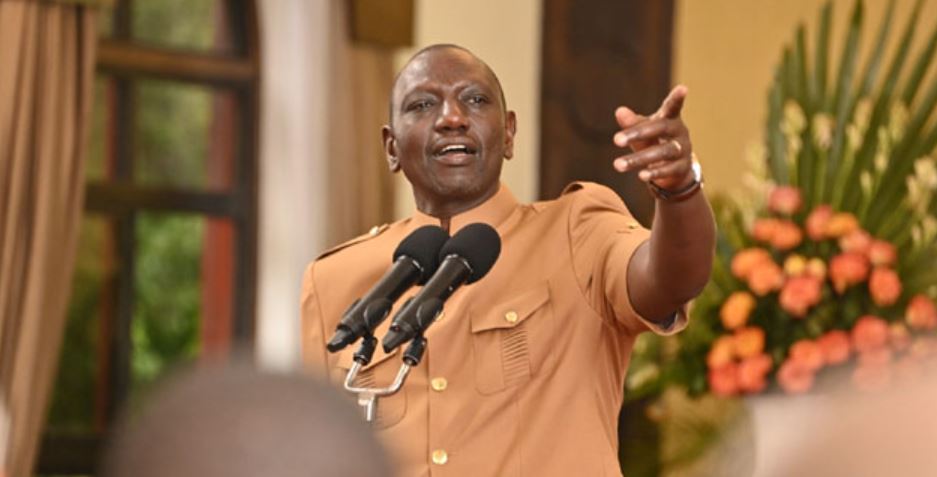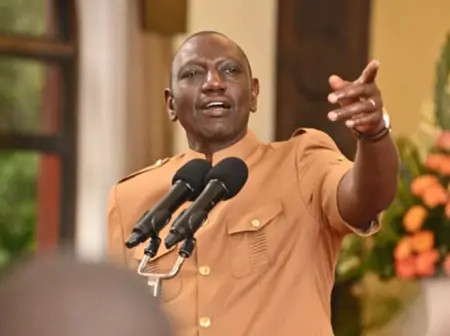
In conservatory orders issued on August 20, 2025, Justice Bahati Mwamuye suspended the presidential proclamation that established the taskforce until the case is fully heard.
“Pending the hearing inter parties and determination of the petitioners/applicants’ notice of motion application dated 20/08/25, a conservatory order be and is hereby issued staying the operation and implementation of, or the further operation and/or further implementation of, the Presidential proclamation on the establishment of multi-agency team on war against corruption’ issued under the hand and seal of the President of the Republic on 18/08/2025,” Justice Mwamuye ruled.
The court scheduled the matter for mention on September 9, 2025, to confirm compliance.
No sooner had President Ruto unveiled MAT-WAC than four Kenyans – Magare Gikenyi, Eliud Karanja Matindi, Philemon Abuga Nyakundi, and Dishon Keroti Mogire – rushed to the High Court to contest its establishment.
They argue that the taskforce is unconstitutional given that Article 79 of the Constitution already brings into being the Ethics and Anti-Corruption Commission (EACC) as an independent body charged with the responsibility of curbing corruption.
According to them, any coordination in the war against corruption must be anchored in law and carried out by bodies expressly provided for in the Constitution and statutes.
They also fault the inclusion of institutions such as the Office of the Director of Public Prosecutions (ODPP), the Central Bank of Kenya (CBK), and the Directorate of Criminal Investigations (DCI), arguing that subsuming them under MAT-WAC compromises their independence.
The petitioners refer to Article 231(3), which forbids external interference with control of the CBK, and Article 157(10), protecting the independence of the ODPP.
The petitioners are convinced that MAT-WAC overrides these constitutional safeguards by abolishing institutional boundaries and undermining the principle of separation of powers.
They also warn that the team’s goals overlap with the EACC, the Asset Recovery Agency (ARA), and the Financial Reporting Centre (FRC), leading to duplicating efforts and possibly wasting public money.
Another key point of contention is the taskforce’s funding. The Gazette announcing MAT-WAC mandated that its operation would be financed from participating institutions’ budgetary allocations and unidentified “other sources.”.
The petitioners argue that the move raises issues of transparency, accountability, and parliamentary checks since only the Senate and the National Assembly possess constitutional mandates to appropriate and authorize funds.
They further note that the government has also failed to make public information on how MAT-WAC members would be paid, such as allowances and remuneration, which they argue is an indicator of more entrenched governance and accountability loopholes.
The four petitioners want the High Court to suspend MAT-WAC’s operations entirely. They want conservatory orders freezing funds and preventing implementation of any decisions already made by the taskforce.
They contend that the court has jurisdiction to intervene because the case raises questions of constitutional interpretation, management of public funds, and protection of independent offices.
As the legal battle unfolds, the future of President Ruto’s anti-graft taskforce now hangs in the balance.

Leave a Reply